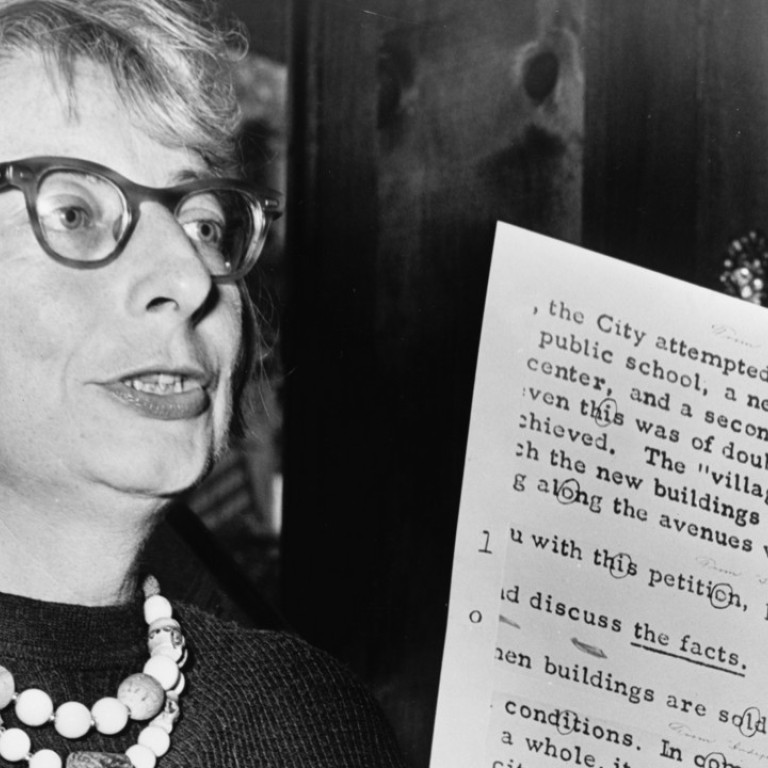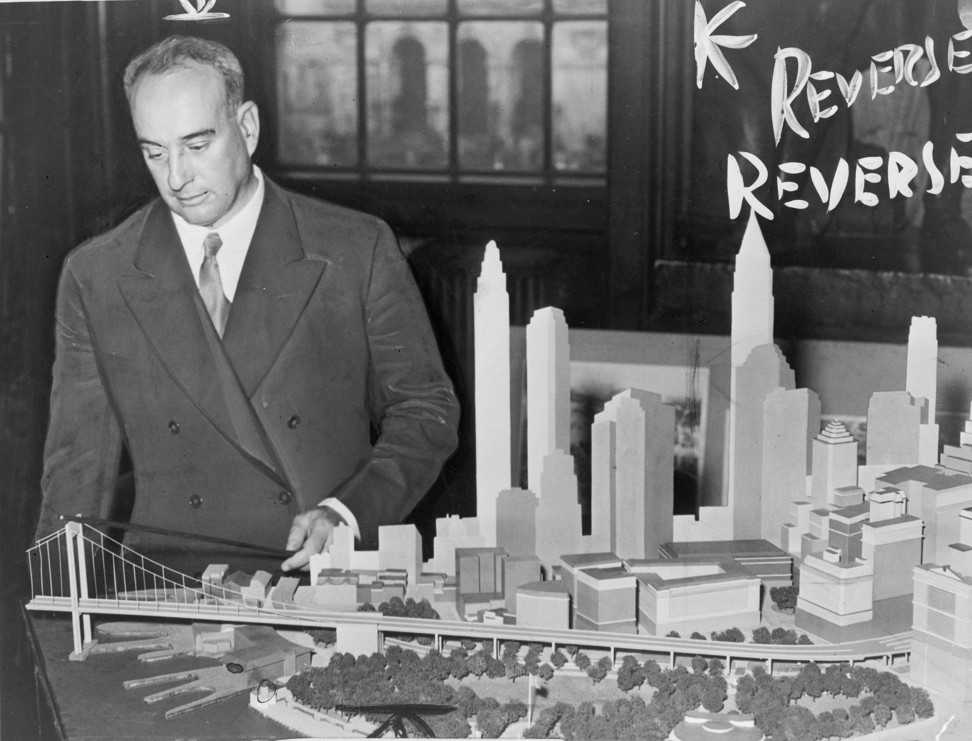
Art house - Citizen Jane: Battle for the City a thrilling account of New York’s urban planning legends
Director Matt Tyrnauer’s 2016 documentary chronicles the urban activist’s battle with developers to retain the soul of the Big Apple
Activist Jane Jacobs is a bona fide heroine who fought to protect New York from the work of Robert Moses, an urban development tsar who planned to demolish great swathes of it to build massive freeways and monolithic housing projects.
A story about developers and protesters could be droll, but Citizen Jane: Battle for the City (2016) brings it to life with historical footage, archival and recent interviews, and some stylistic flourishes. Unusually for a biopic, director Matt Tyrnauer focuses on the ideals of the protagonists, and the issues that concerned them, rather than their personal lives and formative influences. The result is more exciting than a documentary about urban development might suggest.
Jacobs’ story is emblematic of many of the broader events taking place in the United States in the 1960s. It’s about the growing ability of ordinary people to organise an effective resistance against the plans of the authorities. It’s about race and immigration, as many of those affected by the proposed developments were immigrants. And it also reflects the rising power of the women’s movement, as the authorities tried to diminish the activities of Jacobs and her female supporters by belittling their gender, only to be outmanoeuvred by them.
Moses was a development bigwig who believed the best way to improve the lives of New York citizens was to raze the slum areas and forcibly relocate their inhabitants to massive skyscrapers connected by superhighways. Moses drew his inspiration from French theorist Le Corbusier, who famously envisaged a city as a “machine for living”.
Jacobs, then an architecture journalist, realised that this would destroy whole communities. She spent her time on the streets of New York, meeting the people who would be displaced, and martialled enough resistance to stop developments such as Moses’ pet project, the gargantuan Lower Manhattan Expressway.

Citizen Jane presents the conflict as a clash between opposing urban planning ideologies rather than a story about a protest movement. Jacobs’ idea was that communities were not formed inside the buildings, but by the activities that occur outside of them. Street life leads to safety – a busy street is a safe street – and beneficial interactions between a city’s inhabitants. This was completely banished by Moses’ developments, which isolated people inside tower blocks where problems festered.
Although he became dogmatic and inhumane, Moses genuinely felt that his grand plans – some of which were realised – would benefit the city’s inhabitants. But it was Jacobs who won in the end, and her urban planning philosophy of low-rise, mixed-use development is now considered the industry standard for residential urban communities in the US.
